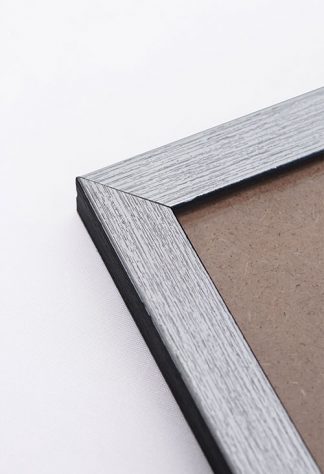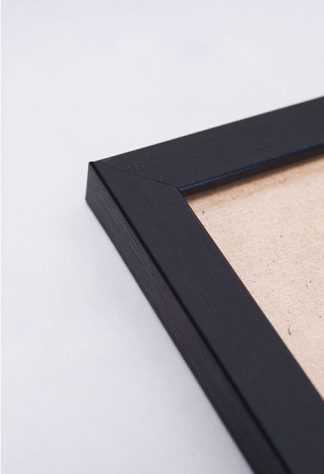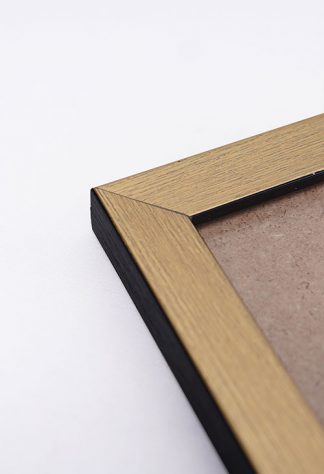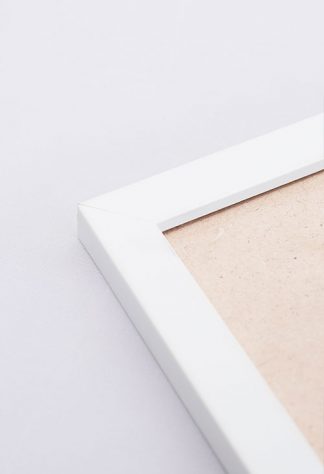A Brief History of Abstract Art
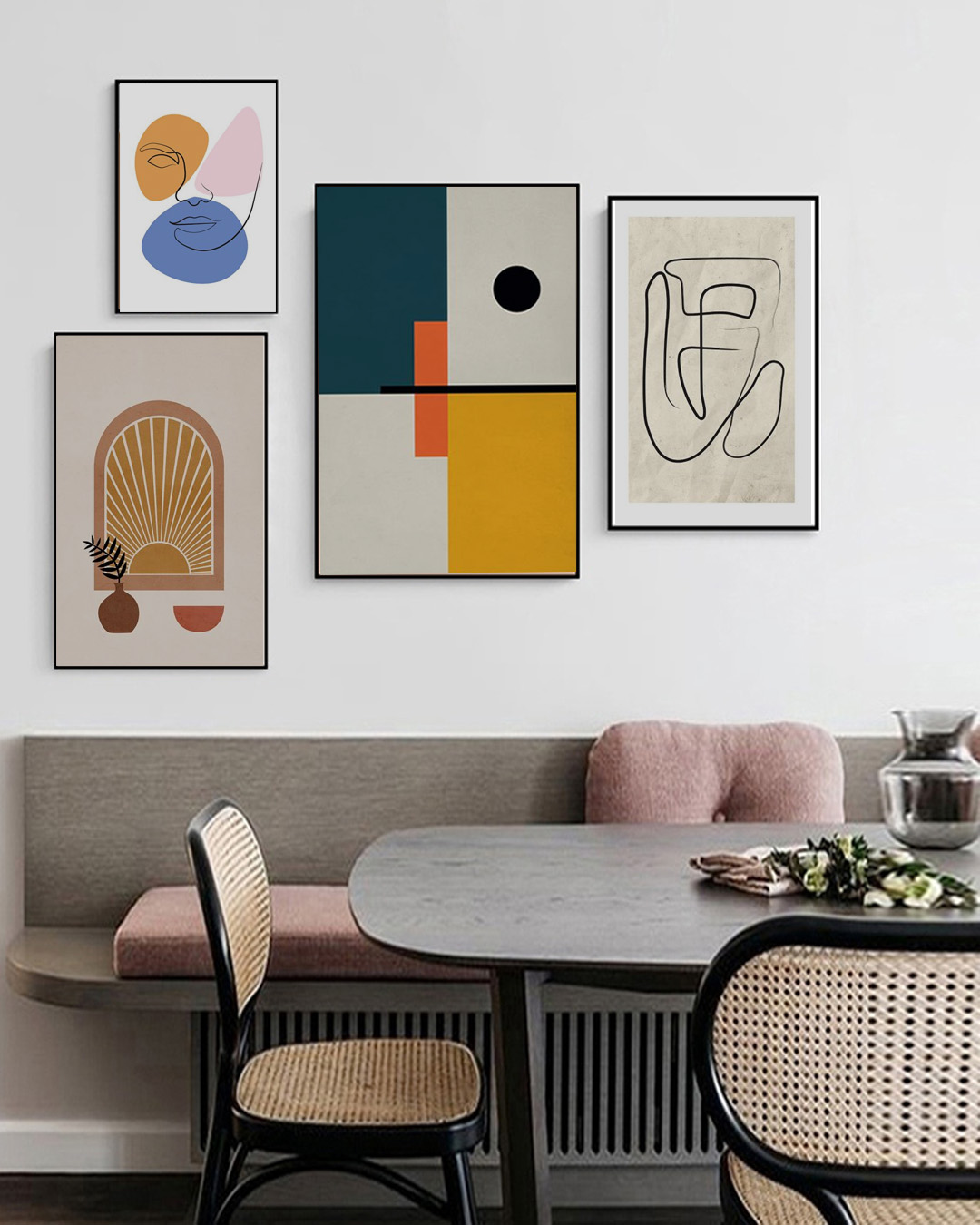
Over the years, art has been part of our lives. It helps us improve and express ourselves, as well as to make any space look wonderful. Abstract art is one of the styles that have been loved by many enthusiasts. There are many ways to describe them and the different designs can make a total transformation to your space. But when and where did it all begin? Read on to learn more about the history of abstract art and how it evolved through these years.
Eastern Europe
History tells us that abstract art was born at the start of the 20th century. During that period, the platform was mostly about fauvism, cubism, and figurative expressionism. As a result, abstract art is known for its freedom use of color, shapes, and the subject. The subject can be anything, from geometric shapes to humans, abstract art can be anything. The goal is to highlight the form through experimentation with colors. This exhibits the freedom of the artist to be flexible from the strict rules of creating art.
Though the exact origin of abstract art is not that clear, there are different artists who created their own styles using abstract art. Each can be determined with their respective periods. As agreed by many experts, abstract art started around 1910. This can be supported by the first abstract watercolor by Vassily Kandinsky. The artist was a Russian painter who was associated with the avant-garde movement in Eastern Europe. He was also the first painter who used no formal composition.
The two ideas in abstract art
There are two ideas when it comes to abstract art: rationality and expressiveness. Abstract art aims for rationality and an independent order from external reality. It is also the development of the symbolic function of color, the rhythm of forms, and their independence from a subject. For instance, artists like Kandinsky and Kupka find a wide range of emotions with the use of colors. As such, the colors they use have effects on the viewers, as if the art itself is trying to communicate.
The types of abstract art
Abstract art is not just about freedom of expression. In fact, there are different types or divisions. Kandinsky represented Lyrical Abstraction in which the interests focused on the power of emotions and the impact of anger on humans. Malevitch represented Suprematism where forms and colors are left to speak for themselves. Geometric Abstract Art was represented by Piet Mondrian with his use of squares, primary colors, and black lines. The development of Orphism was because of the Delaunays who used sharp colors and rounded shapes to cover the whole canvas.
The abstract expressionism movement
The new abstract art movement started in the 1940s and 1950s. This new movement was started by the Americans after the Second World War. Artists like Jackson Pollock and Willem de Kooning made significant contributions to the development of the movement. The paintings of Pollock are marked by the vigorous movement of the painter creating splashes.
From the 1960s, there emerged new trends: Optical Art and Minimalism. Optical Art was originated by Victor Vasarely and focused more on optical effects by playing with colors, shape, and light. Simultaneously, minimal art emerged that was started by artists like Sol LeWitt, Robert Morris, and Dan Flavin.
